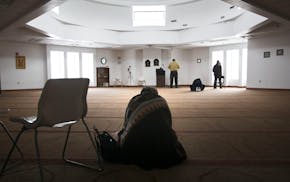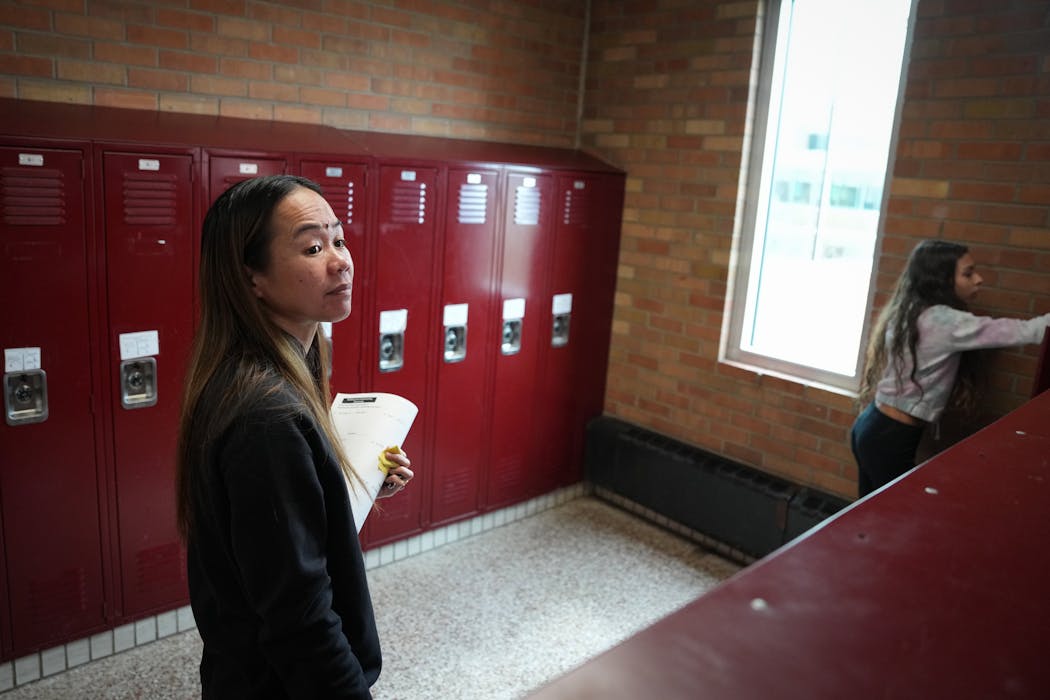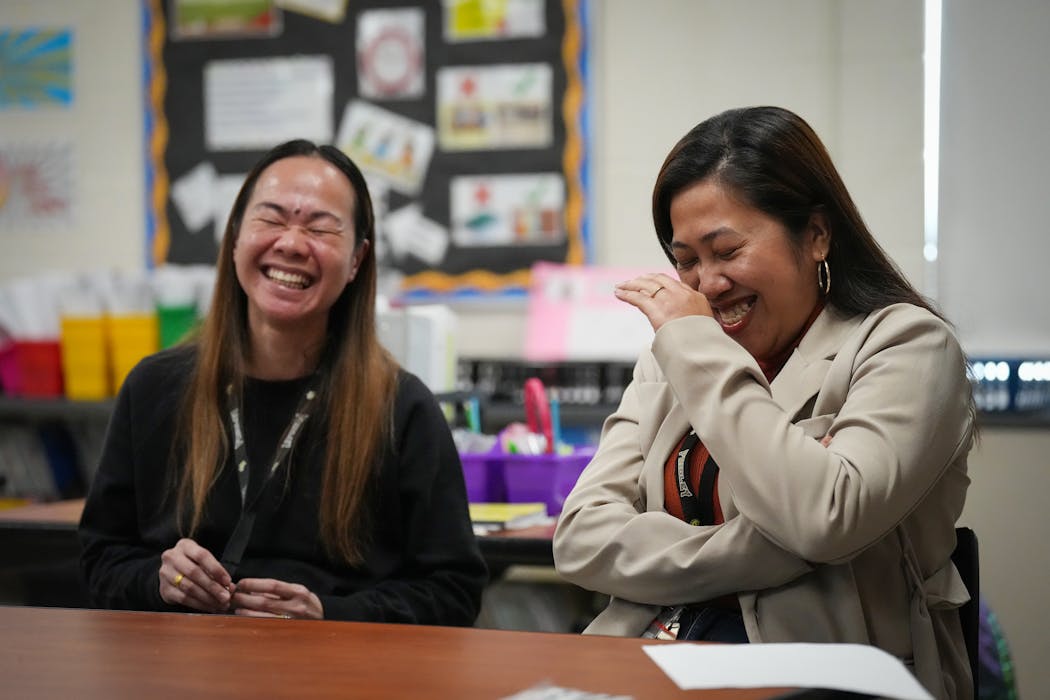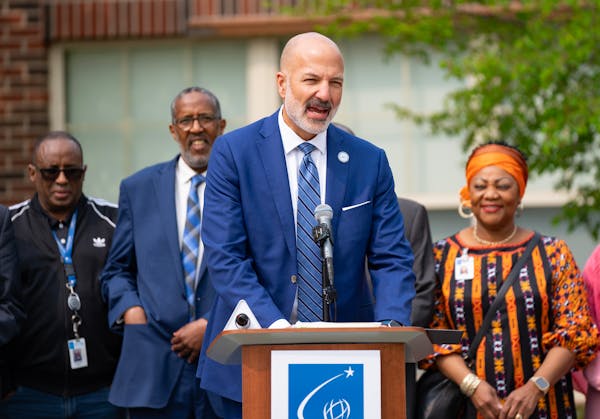Fridley schools were on course to be short dozens of educators this school year. Without a plan, the district's special education department was set to be sorely understaffed. And at least one classroom had no permanent teacher.
That's why new Superintendent Brenda Lewis turned last fall to international recruiting. It's a strategy that worked to staff schools at her previous district of Grand Forks in North Dakota, a state where the crippling teaching shortages have made headlines over the past few years.
Since last summer, Fridley Public Schools has hired about 20 educators from the Philippines and is bringing several more to the north metro suburb.
"International talent may not work for every district, but it's been a game-changer for us," Lewis said. "Being fully staffed helps everyone. You can't imagine the difference it makes."
School districts in all parts of the state, including Moorhead, Red Lake, Climax-Shelly and Willmar, have also hired teachers from the Philippines, as have some metro-area charter schools. District officials credit the strategy for easing the chaotic juggling act created by staff vacancies while also attracting experienced educators who can bring diversity and culture into their schools.
Many of the schools partner with staffing agencies that help screen candidates and aid with the process of obtaining visas.
If hired through an H-1B visa, which allows U.S. employers to hire foreign workers in specialty occupations, the educator can stay in the country for up to six years. Districts can also help their teachers obtain a green card — the country's immigration laws allow a person to receive one through employment if their employer can't find a qualified U.S. worker for the job.
"I know that sometimes districts are hesitant to hire international teachers because of the perception that they are 'robbing jobs'" from local candidates, said Tim Lutz, the superintendent of Red Lake Schools. "But that just hasn't been the case for us."
Denise Specht, president of Education Minnesota, the state's teachers union, said she's heard "generally complimentary reviews of the programs in Minnesota." But she said she knows of international teachers in similar situations who were exploited in other states in the past.
Specht said Education Minnesota supports foreign teachers across the state regardless of whether they're union members.
"While our union keeps working to make teaching jobs more attractive to Minnesotans, programs like these can be an effective way to meet the needs of students, fill open jobs and take some pressure off career teachers in understaffed buildings," she said.
Jobs without candidates
Two decades ago, an elementary teaching opening in Bemidji would draw 100 to 150 applicants, said Lutz, who served as superintendent of Bemidji Area Schools from 2018-2022. In recent years, he said, the district was lucky to receive even a handful. The harder-to-fill jobs in science, math and special education often didn't attract a single applicant, Lutz said.
"I do hope this is a temporary problem," he said about the educator shortage, which he attributes to burnout after years of teaching through a pandemic and various culture war clashes.
But until local and statewide efforts can build a pipeline of diverse teachers from the community, Lutz said, students deserve consistent teachers who can build long-term relationships.
That's already happening in Red Lake, he said. Several of the district's Filipino teachers, Lutz said, are learning Ojibwe and, at the same time, eager to share their culture with their students.
"I want people to know the immense passion and dedication that international teachers bring," said Eric John Diel, a middle school science teacher who arrived in Red Lake from the Philippines in November.
"Our presence enriches the educational landscape by bringing a wealth of cultural diversity and global perspectives, which broadens students' understanding of the world."
Liz Windingstad, the director of human resources for Willmar Public Schools, agreed. The majority of students attending school in the west-central Minnesota district are students of color, and district leaders are looking for ways to bring in more diverse staff.
Last school year, Willmar schools hired five elementary teachers on exchange visas, which allow the educators to stay in the U.S. for up to five years. The new teachers lived together in a five-bedroom house that other school staff helped furnish with donations.
"My coworkers are really helpful and accommodating," said Kat Cusa, a kindergarten teacher who arrived last school year. She said her colleagues were quick to help out when she fell sick or needed ideas on classroom management. She recently brought her family to the U.S., and her husband started working as a paraprofessional in Willmar schools this year.
"We've definitely received the 'Minnesota Nice,'" Cusa said.
Community welcome
Members of the teachers union in Fridley also helped gather donations for their new colleagues and organized social outings, including snow tubing. Many of the Filipino teachers said the biggest culture shock has been the cold weather and snow, and the fact that this winter is considered mild by Minnesota standards.
The joke among the Fridley staff is that the newcomers brought at least some of their home country's warm weather with them.
Several of the Filipino teachers live on the same block and said they've connected with the broader Filipino community in the area.
"We didn't expect to have a whole community waiting for us, but it's been wonderful," said Jessie Jane Marapao, who arrived in February to work as a paraprofessional in a sixth-grade special education classroom at Fridley Middle School. "We are here to teach but we're learning so much too."
Cusa echoed the sentiment. Students don't mind where their teacher is from, she said, as long as they are caring and attentive. She said she notices the same among her coworkers.
"Teachers here in this country are losing their hope because of so many things that are happening," Cusa said. "I want people to understand that our foreign teachers are here to help, to make change for each child, and to support other teachers."
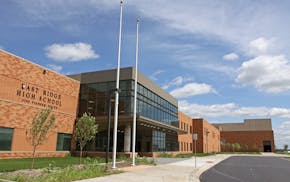
East Ridge High School staff member removed after reportedly using racial slur in front of students
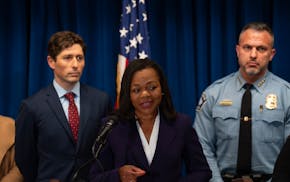
Officials' pledge to keep terms of federal consent decree comes with accountability worry

Brooks: From big beavers to little bears, meet Minnesota's newest state symbols

Here are the best times to beat traffic during busy Memorial Day weekend travel
